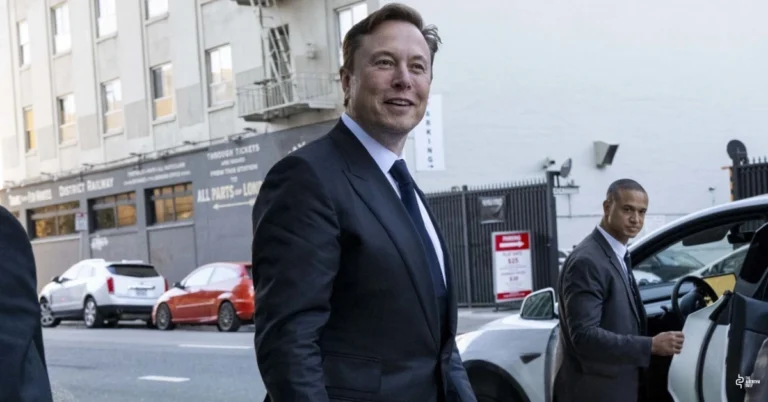Artificial intelligence has moved fast, and 2025 is set to be another landmark year. In 2024, we saw breakthroughs like OpenAI’s GPT-4o, Google’s Gemini, and AI-generated video from Sora. But while the excitement around new tools continues, the focus is shifting to how AI will work in real life, across industries, governments, and even our daily routines.
As AI gets more powerful, the challenge will be how to use it responsibly, practically, and at scale. Here are the key trends shaping AI in 2025.
Multimodal AI Becomes the Standard
AI is no longer just about text. The next wave of systems can understand and generate text, images, video, and even sound, all at once. Models like GPT-4o and Google Gemini 1.5 are already doing this. In 2025, expect more apps and platforms to use these models to help people learn, create, and work more efficiently.
For example, AI tutors that respond with video and speech, or customer service tools that can analyse voice, text, and screen content in real-time, will become more common. This makes AI feel less robotic and more human.
AI at Work: Your Digital Assistant is Here
AI is now a regular feature in productivity tools like Google Docs, Microsoft Word, Zoom, and Notion. In 2025, more professionals will use AI assistants for tasks like writing reports, summarising meetings, or crunching data.
Companies are training staff to use AI tools more effectively, and those who master them could have a clear advantage in the job market. The future of work is not just human vs machine, it’s human + machine.
Global Rules Around AI Take Shape
Governments are now taking AI regulation seriously. The European Union’s AI Act has set the tone by categorising AI systems by risk level and requiring transparency in how they work. Other countries, including the UK, Canada, and parts of Asia, are following with similar policies.
These regulations will impact how companies develop and deploy AI tools. In 2025, expect more focus on explainability, data rights, and safeguards against misuse.
AI Changes How We Search for Information
Google’s AI Overviews now summarise information directly at the top of search results. While this makes search faster, publishers and creators are concerned it reduces traffic to their websites and raises questions about accuracy.
In 2025, more platforms will rely on AI to summarise news, reviews, and even research papers. This could be helpful for users, but also risky if it cuts out sources or spreads misinformation.
Personalised AI Gets Smarter And Riskier
AI tools are learning how to adapt to individual users. From custom music generators to health apps that learn your habits, AI is becoming more personalised. This means more relevant recommendations, but also more questions about how our data is collected and used.
There’s also growing interest in “personal AI agents” that can act on your behalf, like scheduling meetings or making purchases. Expect deeper conversations in 2025 about privacy, consent, and control.
Open Source AI Gets Serious Backing
Not all AI development is led by big tech. Open-source models like Mistral and Meta’s LLaMA 3 are gaining ground, offering developers and startups more control. Governments in Europe and Asia are also supporting local AI projects to reduce reliance on foreign tech.
In 2025, more companies will experiment with these smaller, customisable models, especially for sensitive use cases like healthcare or finance.
7. AI and the Future of Jobs
While fears of job loss are still common, the real change is more nuanced. In many industries media, finance, and education, AI is not replacing humans but reshaping how work gets done.
AI may take over routine tasks, but it also creates new roles in prompt writing, AI quality control, and digital ethics. In 2025, we’ll see more collaboration between humans and machines in the workplace.
AI in Creative Work Explodes
From Suno’s AI-generated songs to Sora’s text-to-video engine, generative AI is transforming music, film, and design. Artists are using AI as a creative partner, not just a tool. But this trend also raises concerns about originality, copyright, and fair use.
New careers are emerging, such as prompt engineers and AI art directors. In 2025, expect more debates around what it means to be a “creator” in the age of AI.
What’s Next?
The story of AI in 2025 will not just be about better models, it will be about better use. As AI becomes more embedded in our lives, the key questions will be about trust, fairness, and control. From regulation to creativity, workplaces to classrooms, this is the year AI goes from novelty to necessity.
Whether you are a developer, a policymaker, or just curious about the future, now is the time to stay informed, ask questions, and engage with the tools shaping tomorrow.
📲 Get the latest Tech & Startup News on our WhatsApp Channel
👉 Join Now



